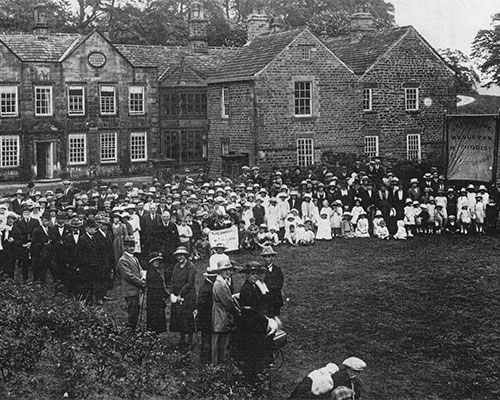Distance: 2 miles
Time: Allow 1 hour
A walk of around 2 miles through woods and across fields. Some surfaced paths or roads, but with some uphill sections and stiles. Good views across farmland near Ecclesfield
Refreshments: There are a few public houses in Ecclesfield.
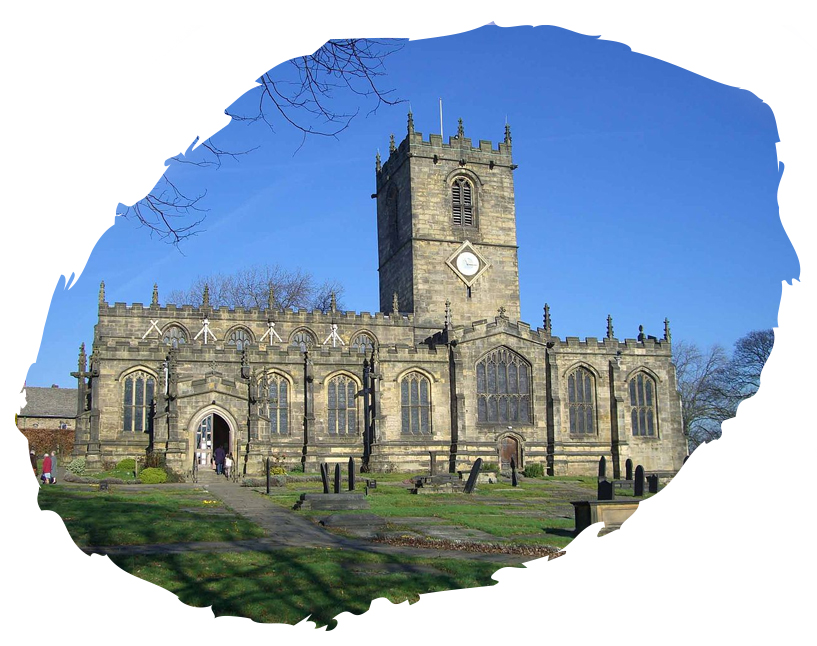
You may wish to take time to explore Ecclesfield Church and village.
This walk can be combined with the historical walk provided by Ecclesfield Conservation Group around Ecclesfield Village.
See www.conservation.ecclesfieldgroups.com or the leaflet Discover Ecclesfield’s working past 1. The Village Core
Map: Ordnance Survey Explorer 278 Sheffield and Barnsley
Start: Priory Road by Ecclesfield Church, S35 9XZ
Public Transport: For information on public transport ring the South Yorkshire Traveline on 01709 515151 or visit www.travelsouthyorkshire.com
Car Parking: On Priory Road at Ecclesfield. Please park sensibly.
Public Toilets: None on route
Refreshments: There are a few public houses in Ecclesfield
The name Ecclesfield, which may mean ‘Church in the field’, is mentioned in the Domesday Book.
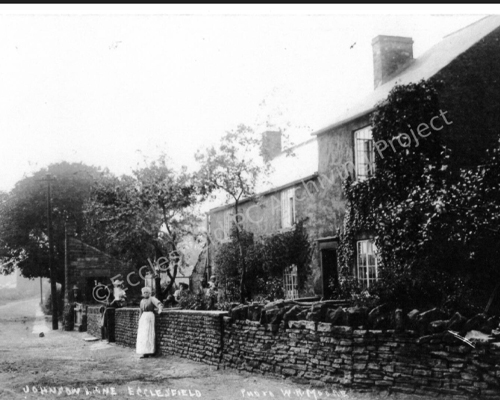
The Church of St. Mary, Ecclesfield is a Grade 1 listed building. It was originally the parish church for Hallamshire, one of the largest parishes in England, and in the 17th century was known as the ‘Minister of the Moors’ due to its then rural situation. The earliest mention of a church here is in 1141 and traces of the Norman church still exist in the interior of the present building. The oldest parts of the church are the pillars in the nave. Construction of the present church began in 1478.
The churchyard contains the graves of some well-known people. They include the eminent historian Joseph Hunter in the north east corner. On the north side of the church is the vault of the Reverend Alexander John Scott D.D. He was chaplain to, and personal friend of, Lord Nelson, who died in his arms on HMS Victory, at the battle of Trafalgar. Dr Scott died at Ecclesfield in 1840, age 72, on a visit to his daughter, Margaret, wife of the Reverend Alfred Gatty.
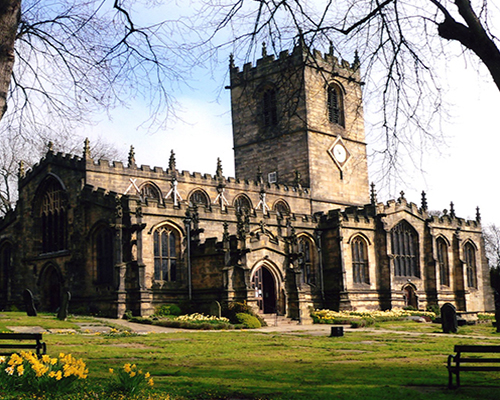
The Priory can be seen from the graveyard behind the church. In 1142 Ecclesfield Priory and church were in possession of St Wandrille’s Abbey, a Benedictine Order in Normandy. The surviving building consists of a hall with a chapel connected to its south-east corner. The main block was substantially altered in the c17th and c19th. One first-floor room has a barrel vaulted ceiling with relief panels and the original doorway in the chapel survives. The chapel also contains more medieval work, including original lancet windows and a piscina. The whole building is Grade II* listed.
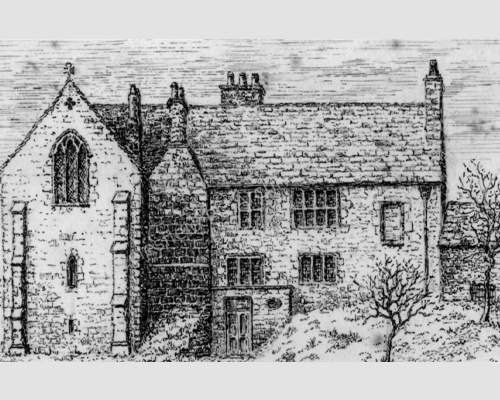
The Gatty Memorial Hall was built in memory of the Reverend Dr. Alfred Gatty (1813 - 1903), who was vicar of Ecclesfield for 63 years and a notable author. His most famous works were ‘Hallamshire’, a second edition of the work by Joseph Hunter, published in 1869, and ’A life at one living’, published in 1884.
The wife of the Reverend Gatty, Margaret Scott Gatty, was an editor, writer of children’s books and landscape artist. She was also an authority on seaweeds. The couple had six sons, two of whom died in infancy, and four daughters. Their daughter Juliana (1841 - 1885) was a writer of children’s books and produced over 100 stories for children, as well as establishing Ecclesfield Village Library. In 1867 she married Captain Alexander Ewing and lived in Canada, Malta and Ceylon in the course of his military career. She is buried at Trull, near Taunton.
For more information see J.Jones (2003) ’The Remarkable Gatty Family of Ecclesfield’ and M.Jones (2007) ’The Story of a Nomadic Wife’.
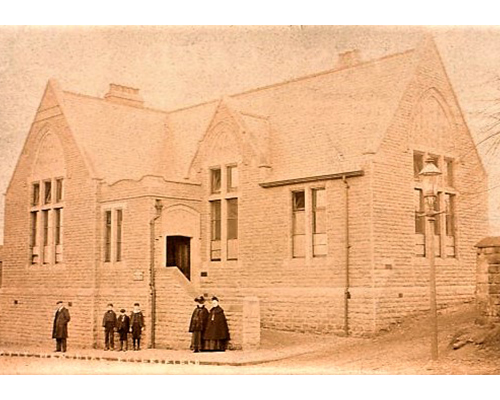
The Jeffcock Memorial, in polished black granite, was constructed in 1903 and was formerly a fountain. It commemorates Maria and Thomas William Jeffcock, J.P., D.L. who died in 1883 and 1900 respectively. William Jeffcock became the very first Mayor of Sheffield in 1843.
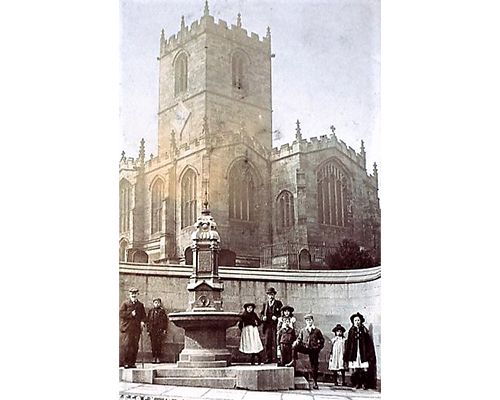
The name Whitley means ‘a bright woodland clearing’. J. & M. Jones, in their book ’Whitley Hall - an illustrated history’ note that in the c19th, although this was an agricultural area, there was also a strong tradition of metal-working. People produced goods such as nails, forks and files in small workshops attached to their cottages. The farms and cottages of Whitley probably once formed part of the Whitley Hall estate.

Records show a house called Launderhouse occupied the site of the present Whitley Hall as early as 1406 but the oldest surviving part of the present building dates from 1584. From the early c17th to the late c18th the Hall was the home of the Shirecliffe family, until it was sold and became a boy’s boarding school for some 80 years. Whitley Hall became a hotel and restaurant in the late 1970s. For more information see J. & M. Jones (2002) Whitley Hall - an illustrated history
